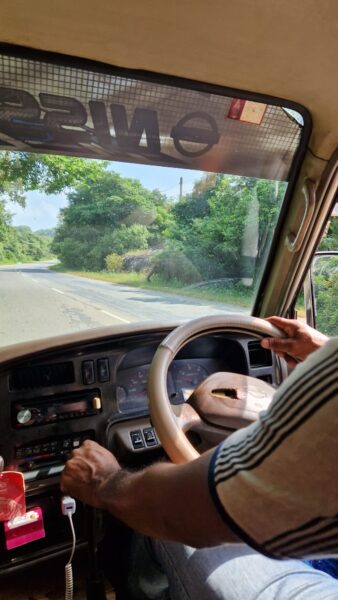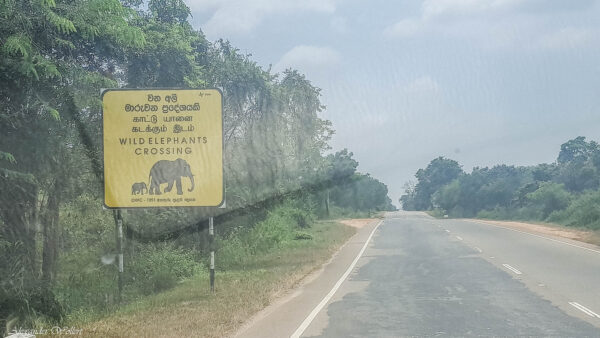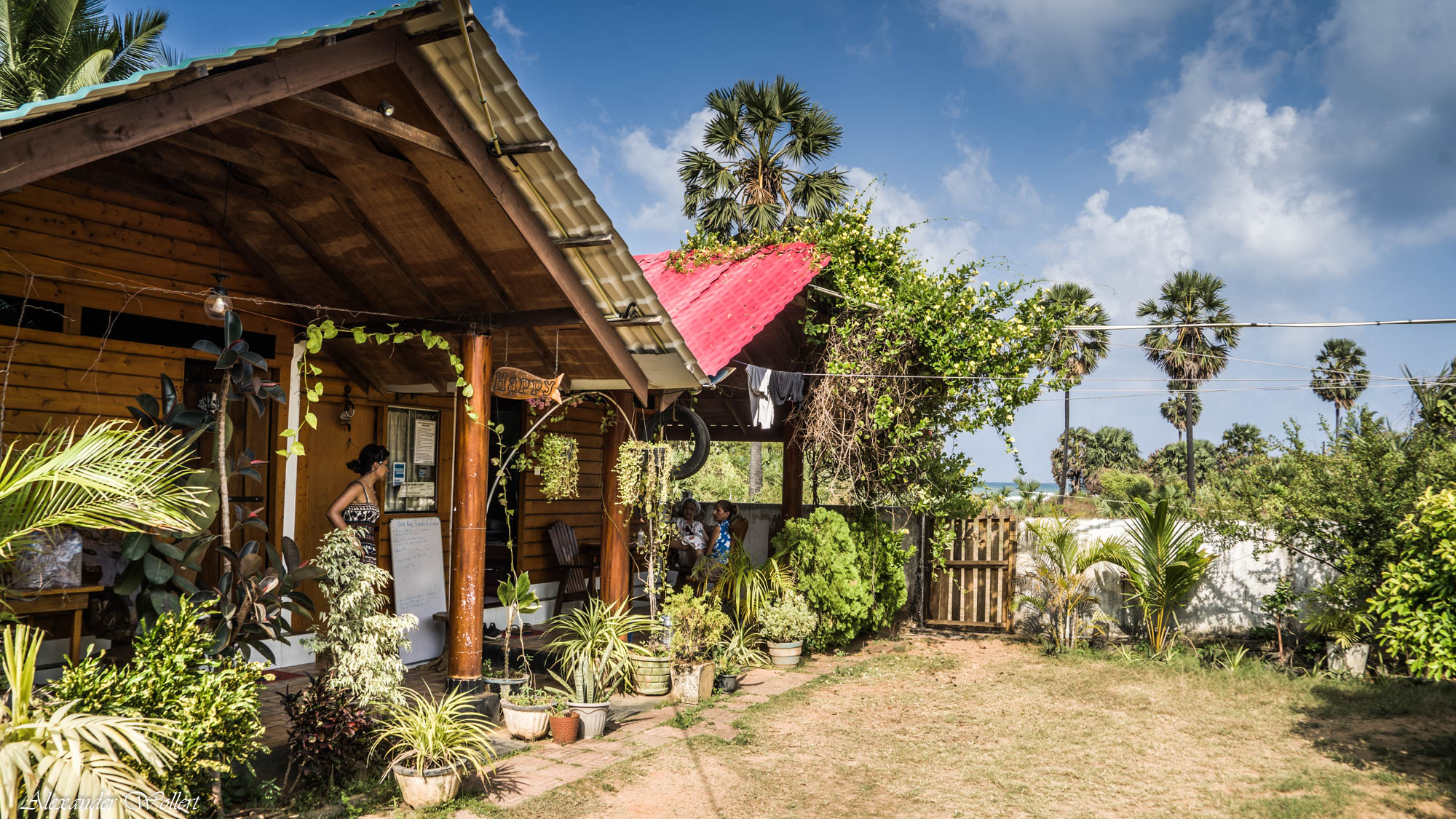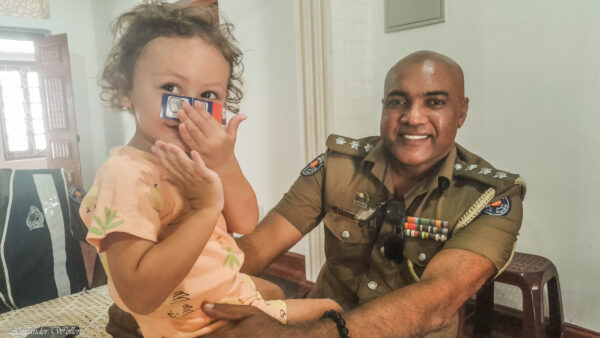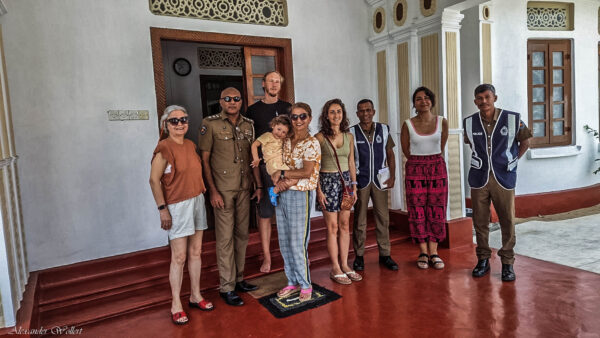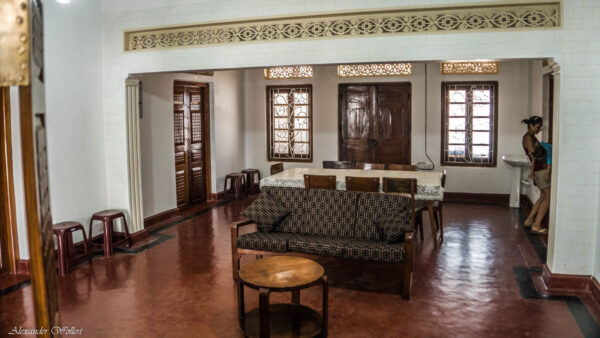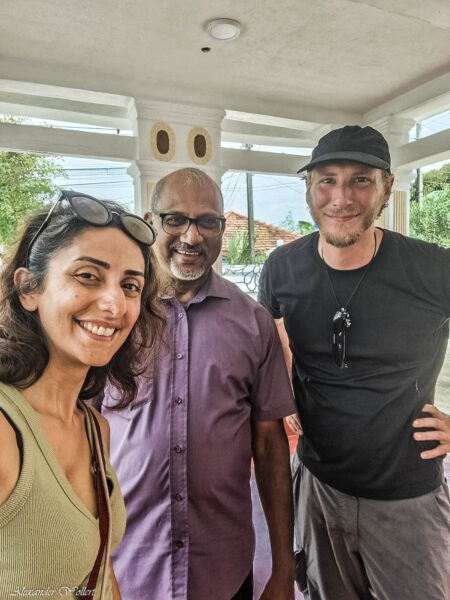Diary Entry
From Sigiriya and the “Lion Rock” we set off for the northeast of the island. We reach Trincomalee with a shuttle. We quickly find these shuttles by asking people on the street or using the “Pick Me” app.
The road from Sigiriya to Trincomalee is almost exactly 100 kilometers long and almost entirely straight.
Nevertheless, the journey is anything but boring. We pass through the Minneriya and Somawathiya national parks, so we see beautiful scenery and even monkeys and wild elephants on the side of the road.
We see wild elephants!


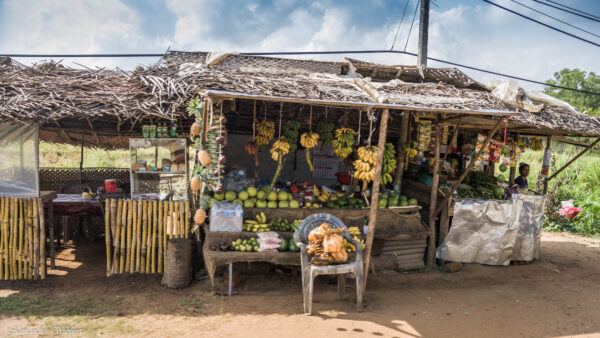
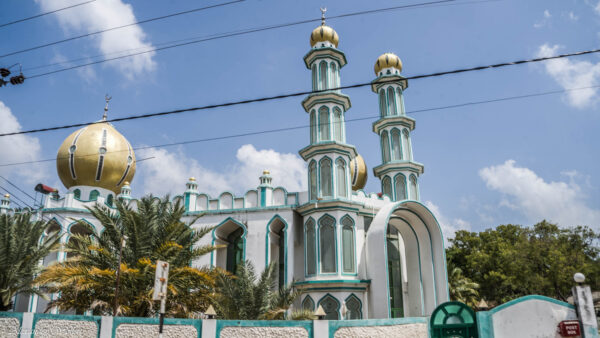
I booked us accommodation near Trincomalee, on Uppuveli beach, via Booking.com. Unfortunately, the “DOT BEY Beach Cabana” turned out to be the first and only disappointment. The cabin itself is pretty, but the area is full of rubbish, the neighbours burn their rubbish in front of our doorstep all day long and we have cockroaches visiting us at night. The owner, unlike all accommodations, wants to see money right from the start and we make the compromise of paying at least half now. That is a mistake. We also make the mistake of cancelling our booking for him on Booking.com so that he can save the fee. In return, we get a better room. For a small extra charge.
After all the good experiences we had before, we are gullible. But after one night we all agree that we are looking for new accommodation. The ladies have had enough of the beach and insist on staying in the city.
We find a good apartment there (the “Bon Voyage Inn“) and tell the owner of the first accommodation why we are cutting our stay short. The man gets angry and accuses us of lying. He doesn’t want to give us the money for the remaining nights. We try again later, but to no avail. We threaten the owner with the police, but to no avail. Sara finally decides to go to the police too.
Our first and only bad experience!

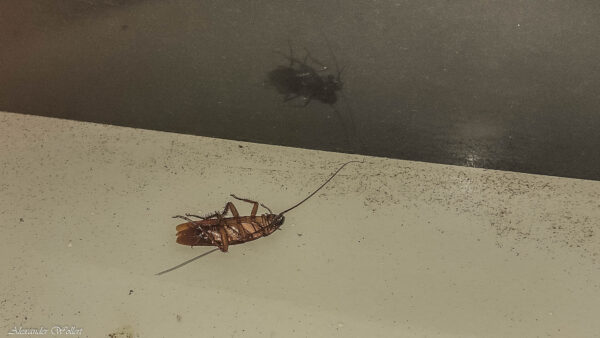

It’s a bad start for Trimcomalee. Uppuveli beach could be so beautiful if it wasn’t full of garbage.
Many fishing boats are moored on the beach and the fishermen are sleeping in the shade.
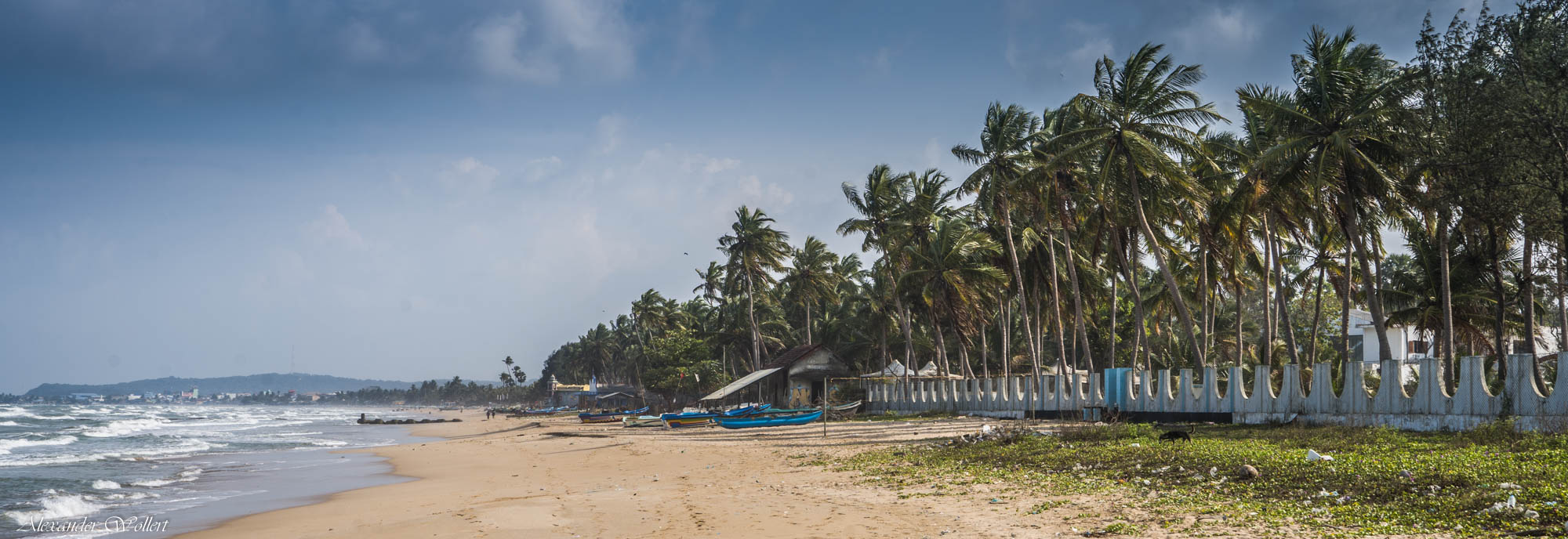
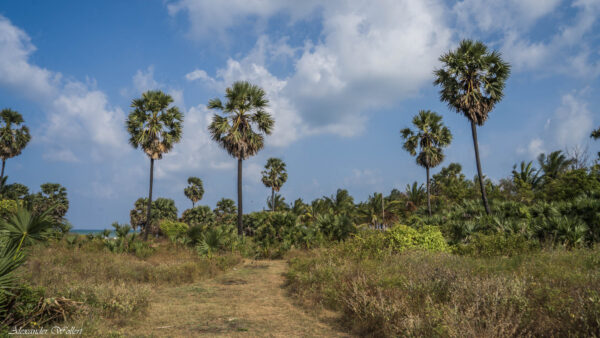
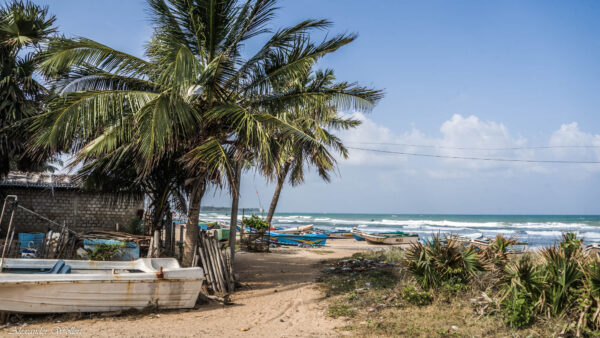


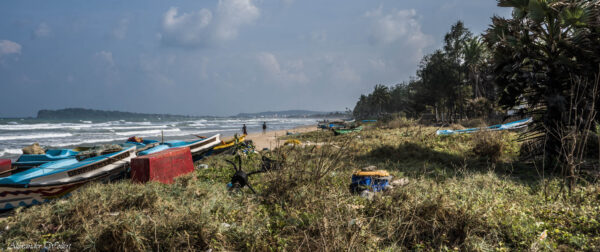


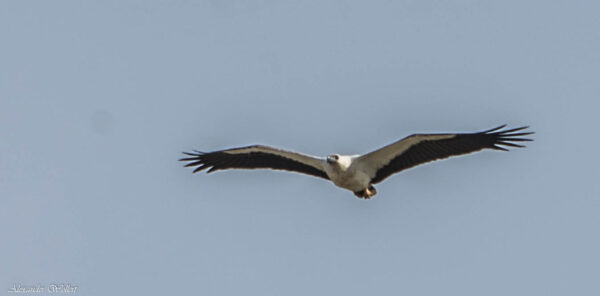

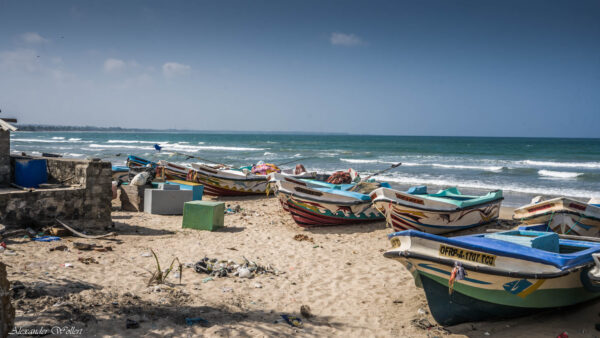
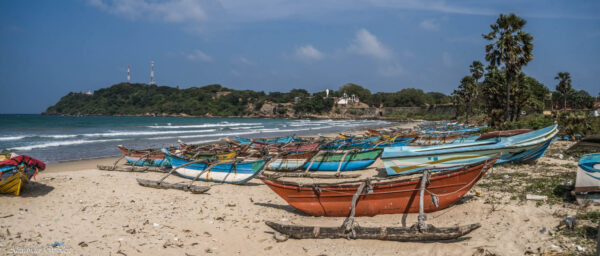

We walk for about ten minutes until we get to the beach bars. It is also clean here and you can drink delicious, cold beer.
We are looking for new accommodation here, but unfortunately the prices of these places are very expensive.

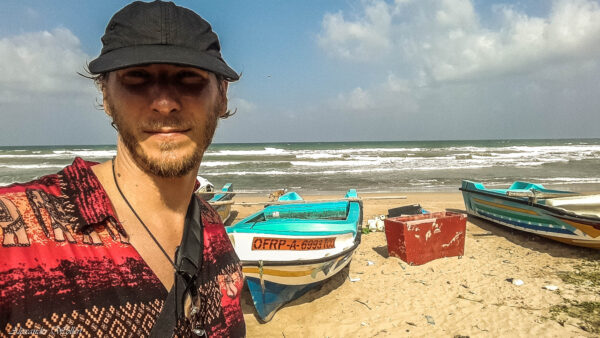
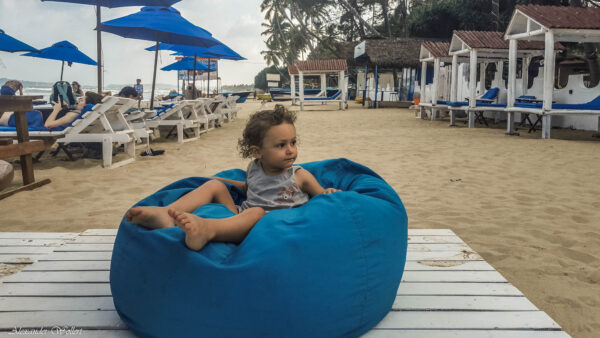
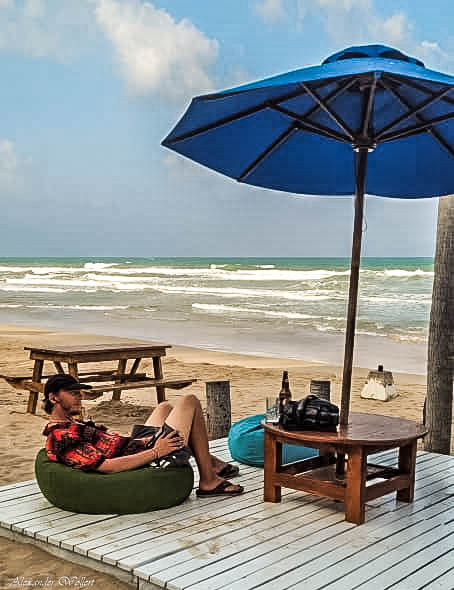
In the meantime, we also take a look at Trincomalee. The city is quite hectic and the city beach is also dirty here. Trincomalee is the unofficial capital of the Tamil part of Sri Lanka. We find Hindu temples everywhere. And of course, cows stroll leisurely through the streets. On a peninsula are the ruins of the former Dutch Fort Frederick. Today, the fortress is a barracks of the Sri Lankan military. In addition, at the tip of the peninsula is one of the most important Hindu temples in the country, the Tirukoneswaram Kavil.
The history of the pilgrimage site dates back to the 6th century BC. The temple was destroyed by the Dutch in 1632 and later rebuilt with the fortress. A large figure of Shiva towers over the complex and asp deer are also worshipped here in his honor. The entire peninsula is a crazy mixture of fortress ruins, military barracks, Hindu pilgrimage site, relic seller, Buddhist temple and zoo full of deer, peacocks and monkeys.
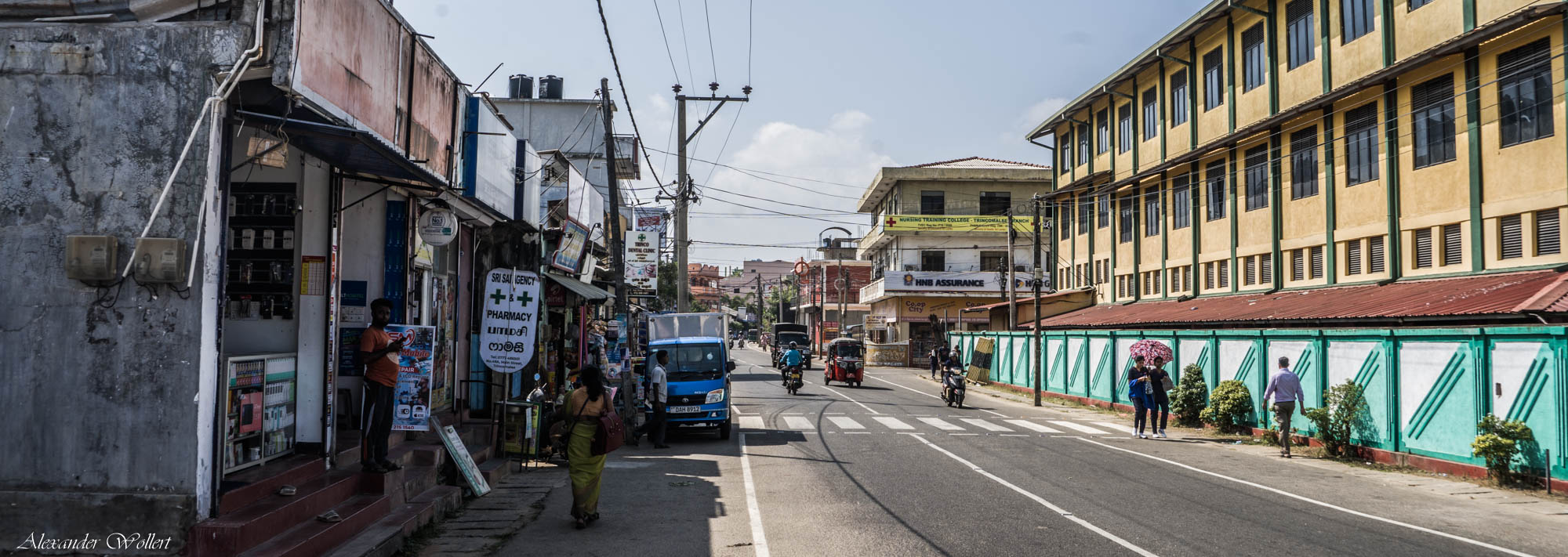

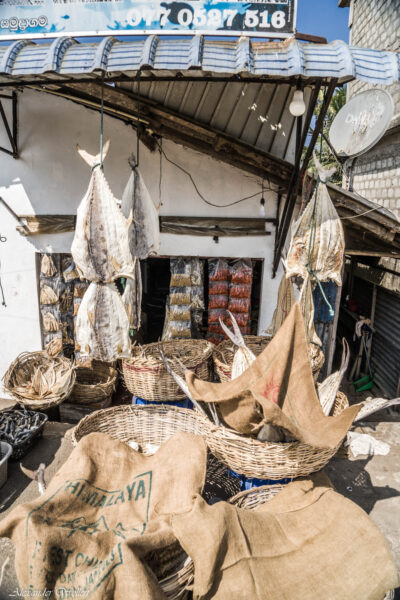
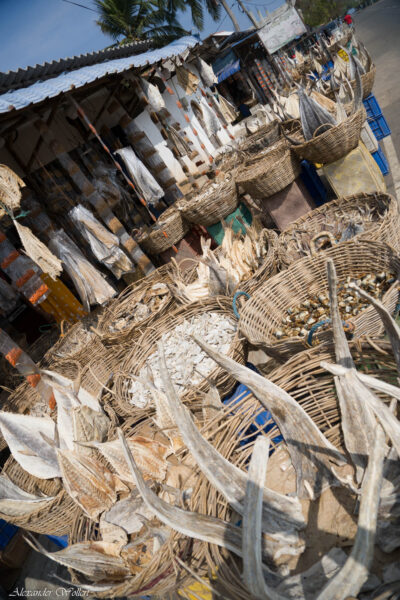
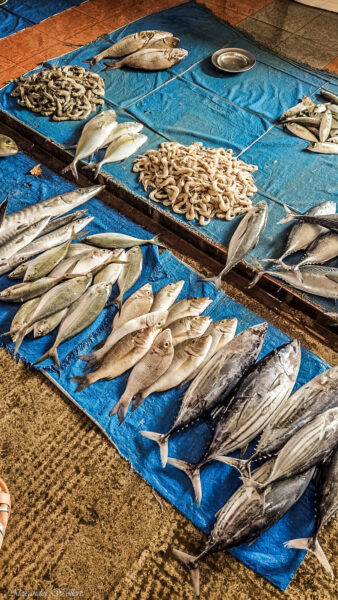
Dried fish is offered everywhere
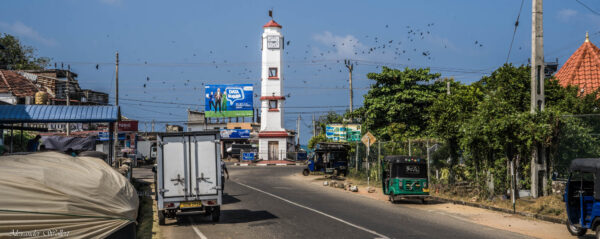
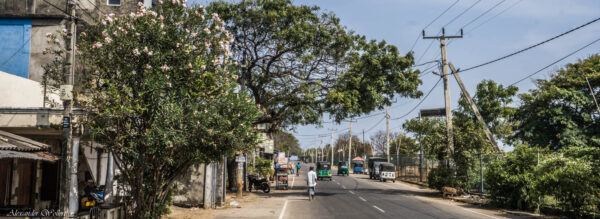


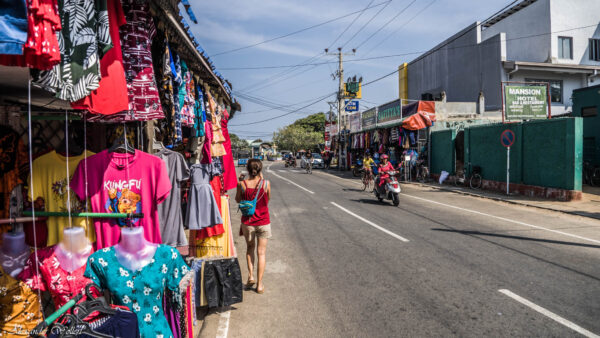
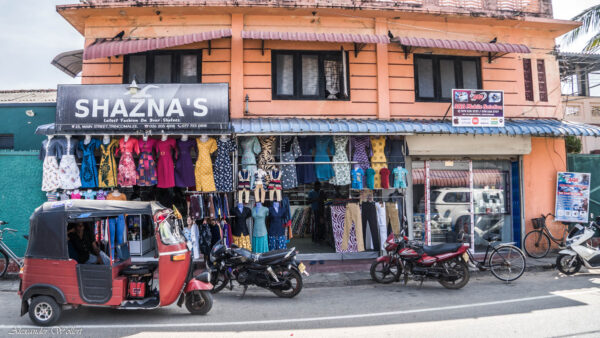

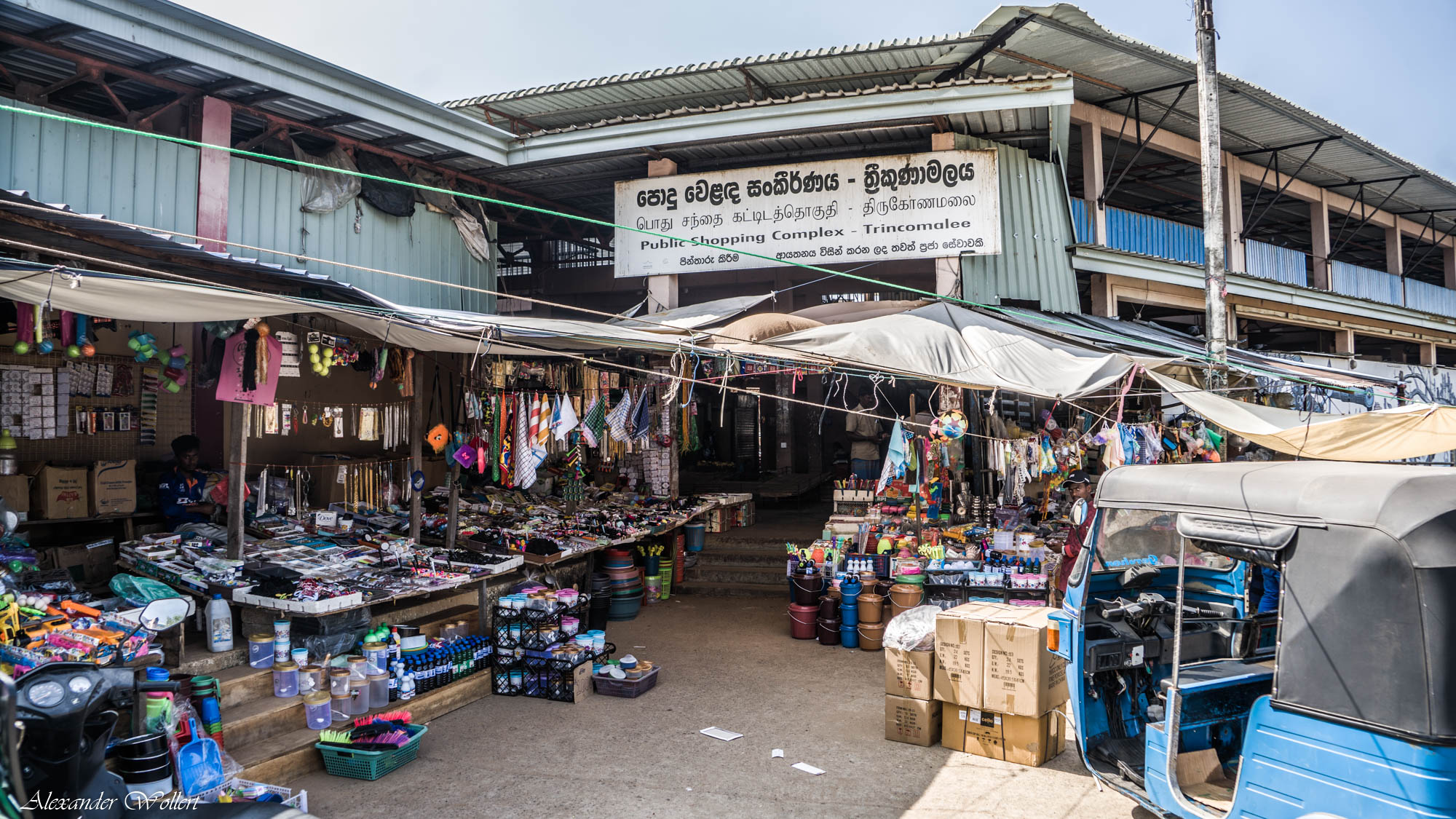
The city offers a surprising amount of flora
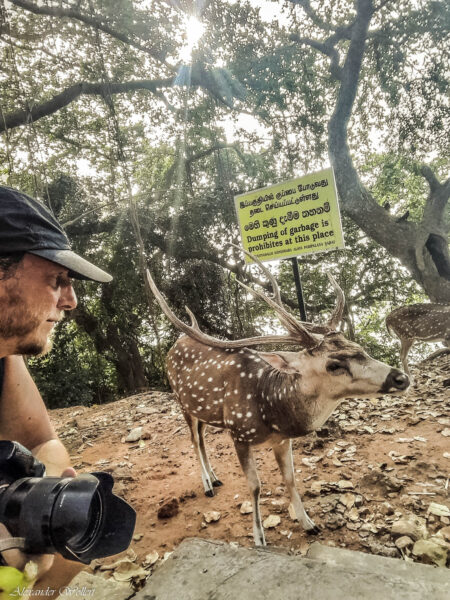
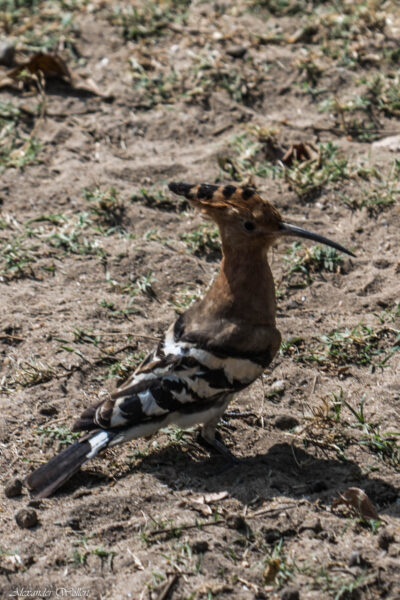

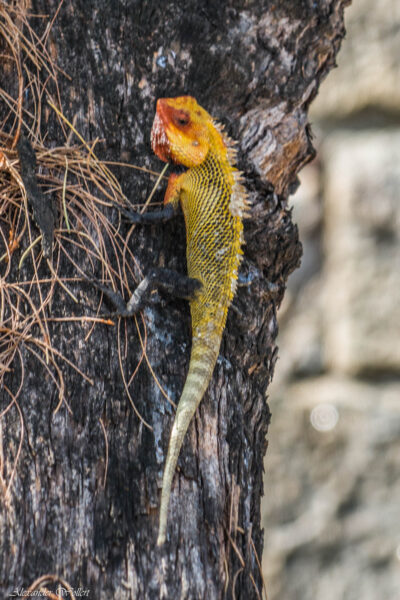

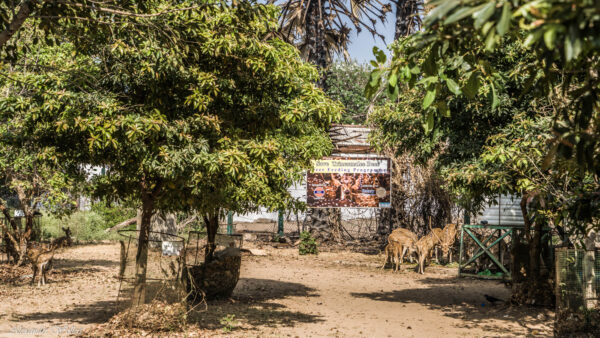
There are hardly any tourists in Trincomalee

I haven’t really thought about what there is to see in Trincomalee. Too much planning leaves no room for pleasant surprises. So we have to get our bearings in the city first. Sara, Shima and I explore the streets.
We are of course extremely surprised when we suddenly see all the deer, grazing peacefully in every alley without being shy. We later learn that the asp deer are worshipped here as favored animals of the god Shiva.

Finally we find the clean beaches of the city. Before the eyes of the soldiers of Fort Frederick we find clean sand and inviting, turquoise blue water.
Surprisingly few people swim there. The locals are busy with other things.



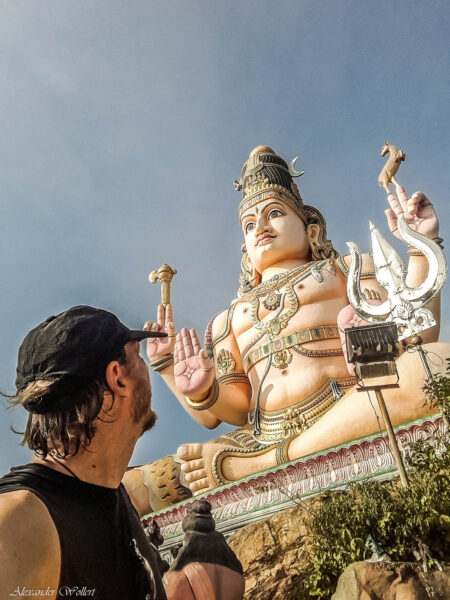
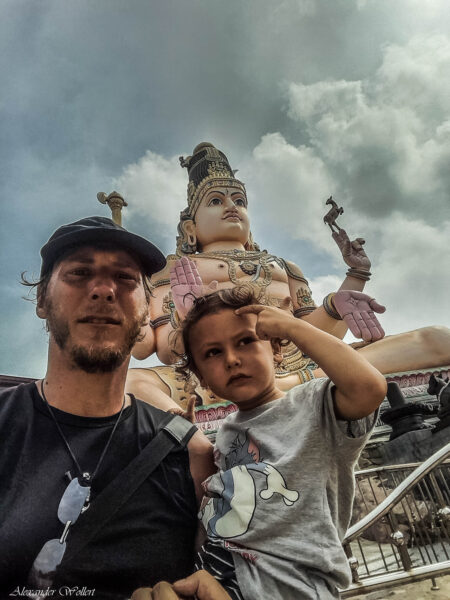
The city is full of Hindu temples…
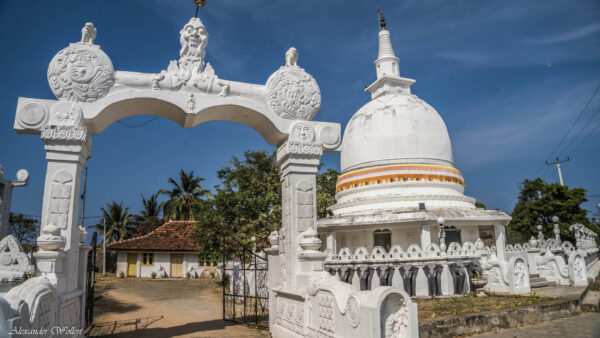

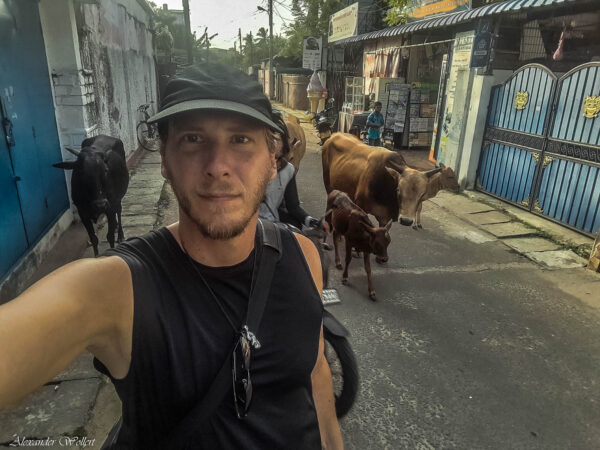

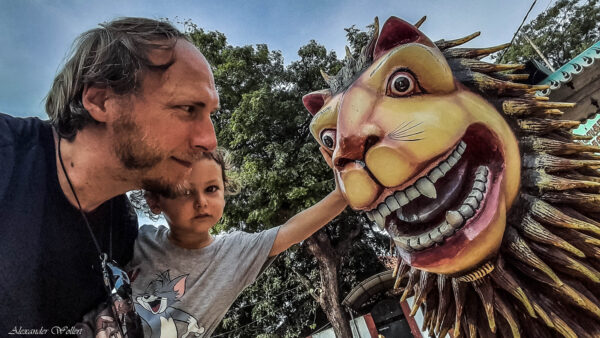
… and full of cows!
As I explore the city, I notice a giant figure towering into the sky at the end of the peninsula. Is there an amusement park there?
I have some time and would like to explore what there is to see there.
Is there an amusement park there?

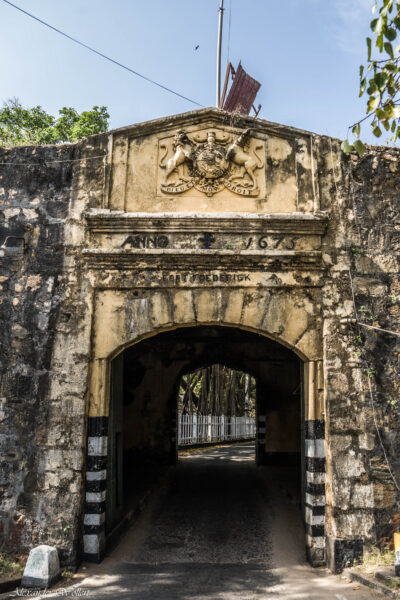
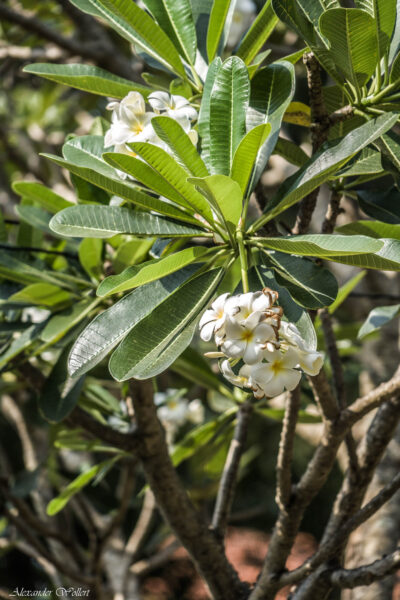
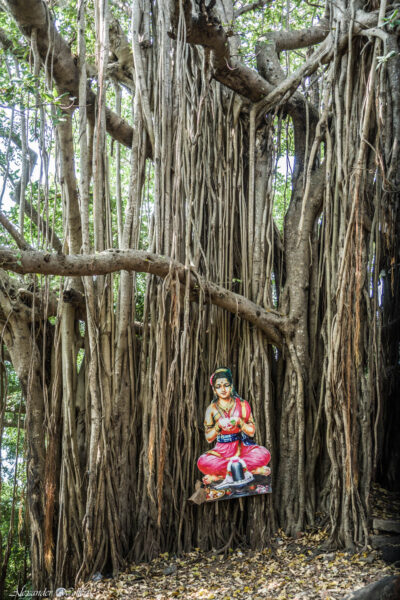
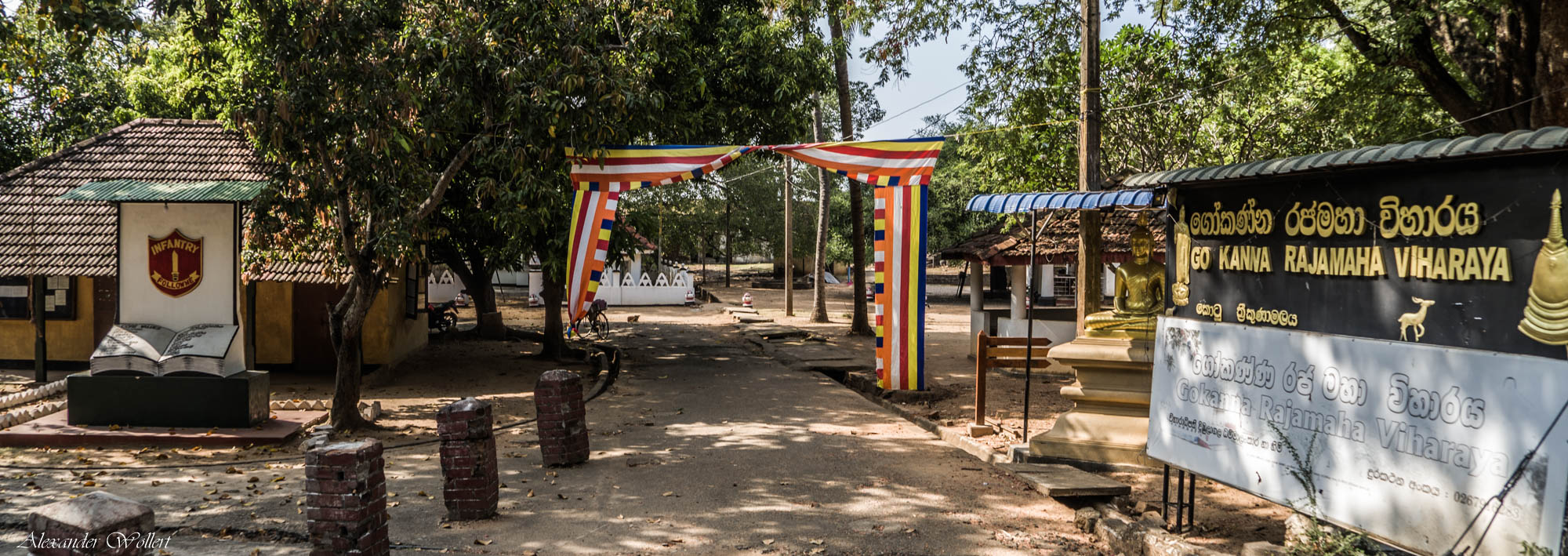
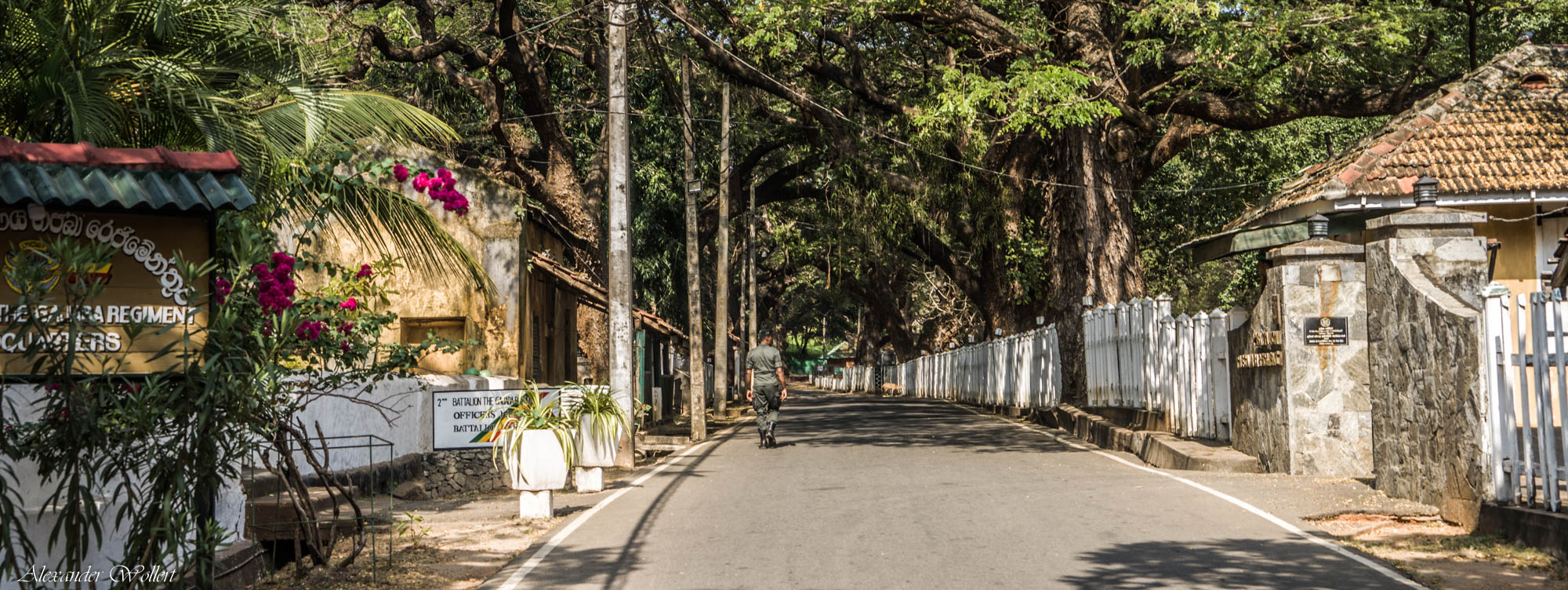

The whole peninsula is a crazy mix of fortress ruins, military barracks, Hindu pilgrimage site, relic seller, Buddhist temple and zoo full of deer, peacocks and monkeys.

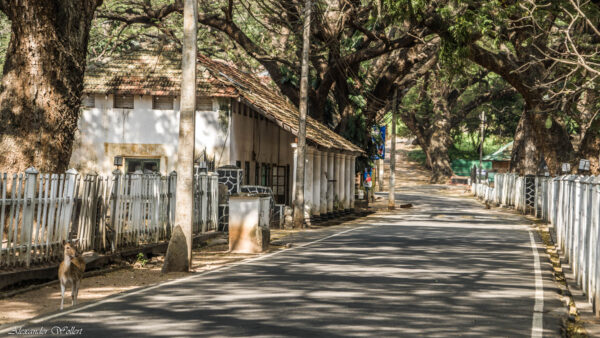
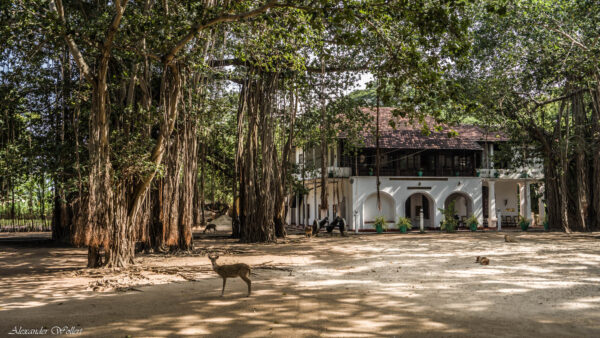
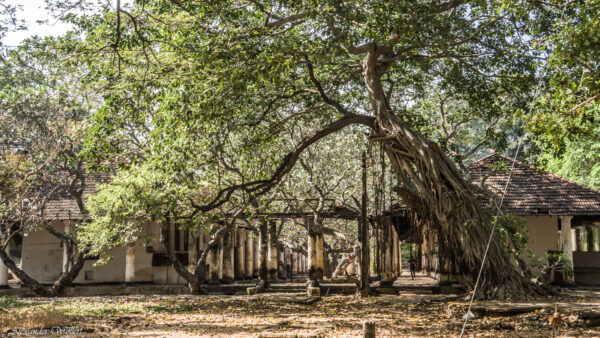
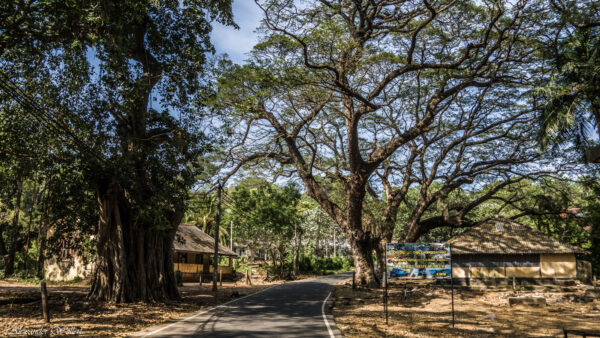

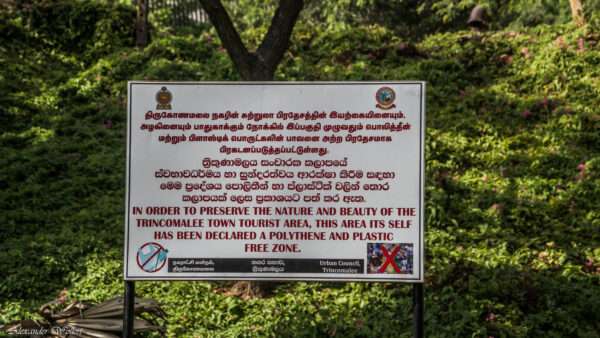
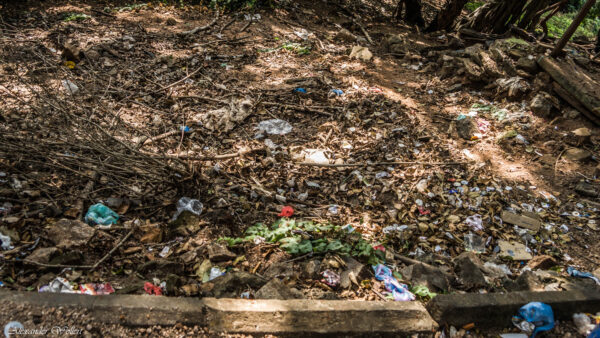



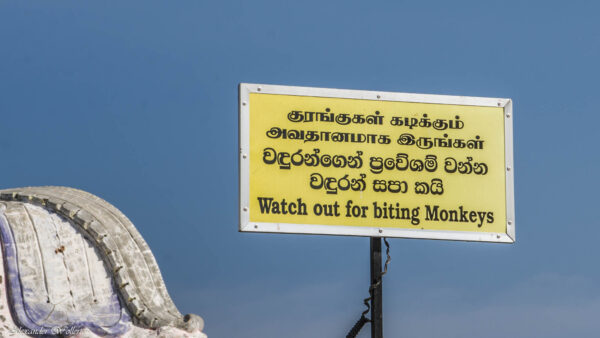
I am surprised by this place and expect to see a ticket booth at the entrance gate. Instead, a stern soldier is waiting there who makes no attempt to stop me. Is there anything else I should know? So I enter the fortress.
There, an avenue of large trees full of aerial roots awaits me. Deer graze in between and soldiers exercise. The buildings date back to the 17th century. Nevertheless, they are still used for military purposes.
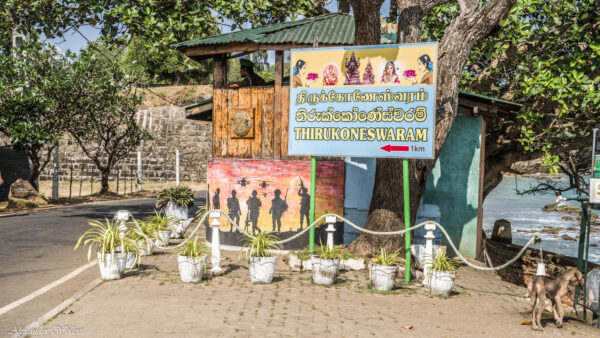
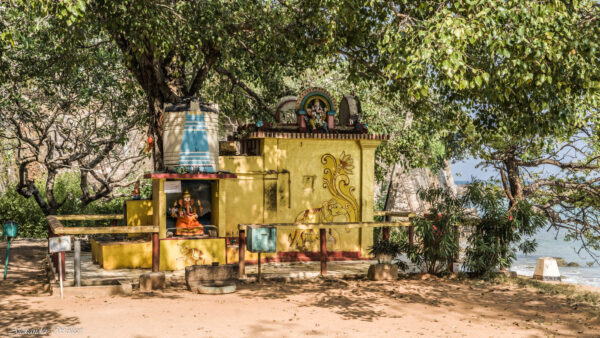
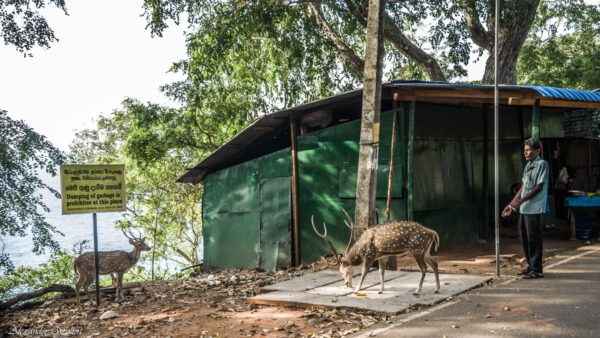
I just follow the road. There are no signs to indicate that there is an amusement park at the end. Every now and then a tuk tuk full of civilians drives past me. Otherwise I hear soldiers at roll call or see them going about their daily routine.
Signs indicate that it is forbidden to throw garbage into nature. Nevertheless, plastic waste accumulates under the signs.
I choose the streets that lead further up. Eventually I reach a street full of shops selling religious items. Where have all these people suddenly come from? At the entrance to the temple I have to hand over my shoes again.
Where did all these people suddenly come from?
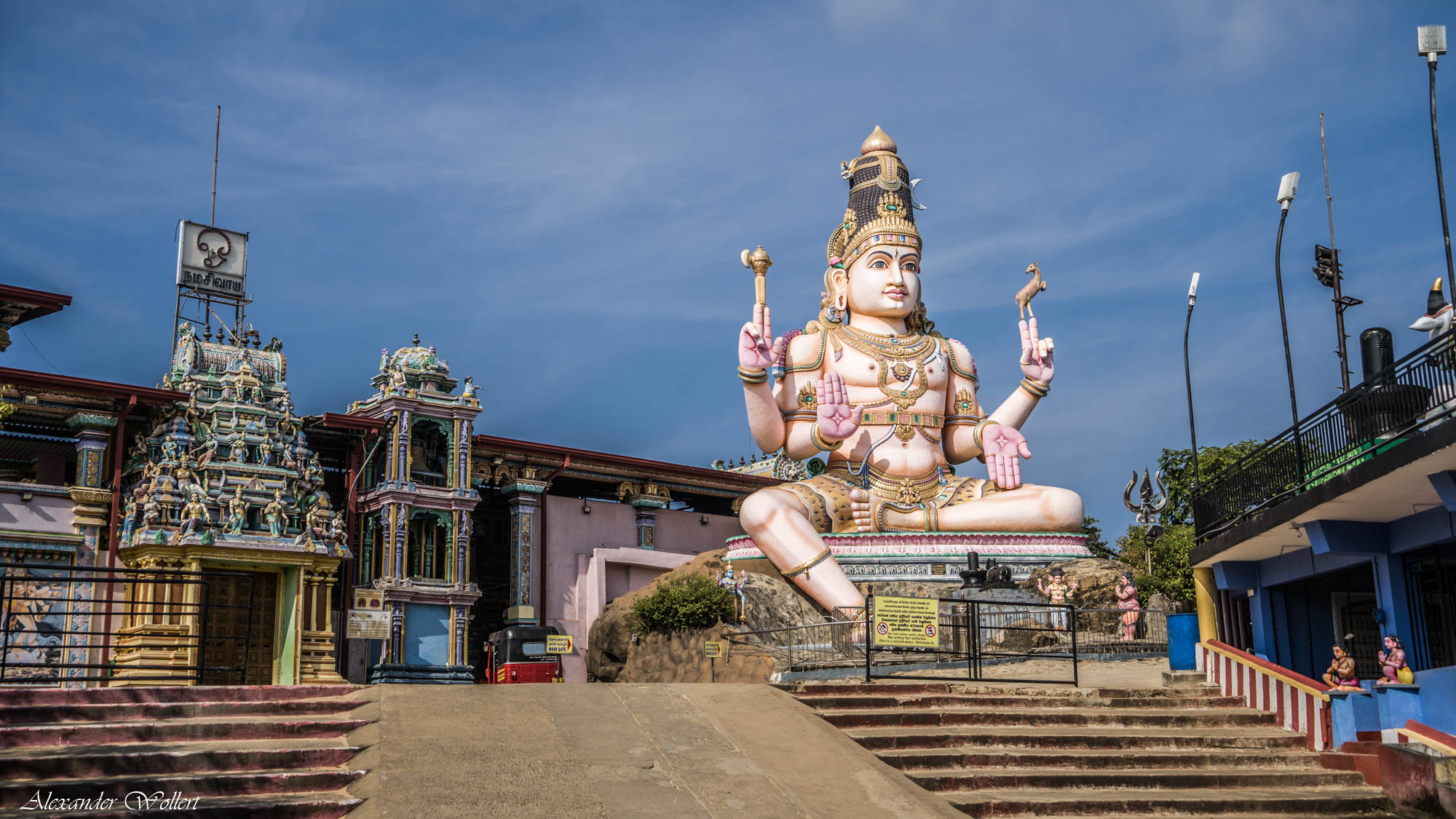
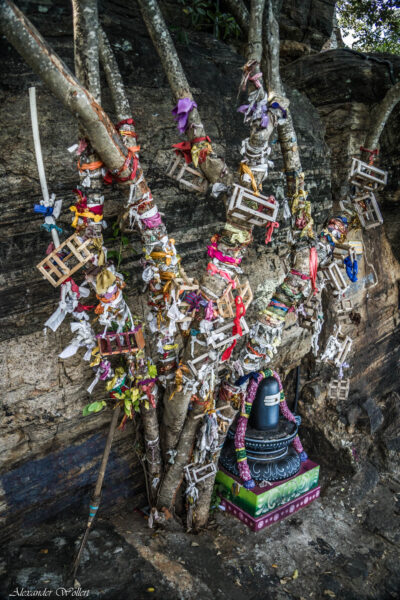
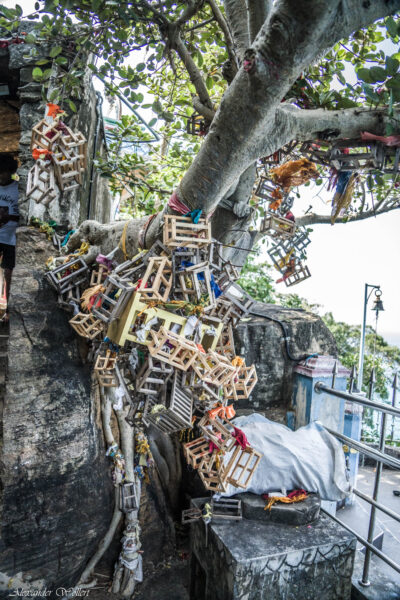
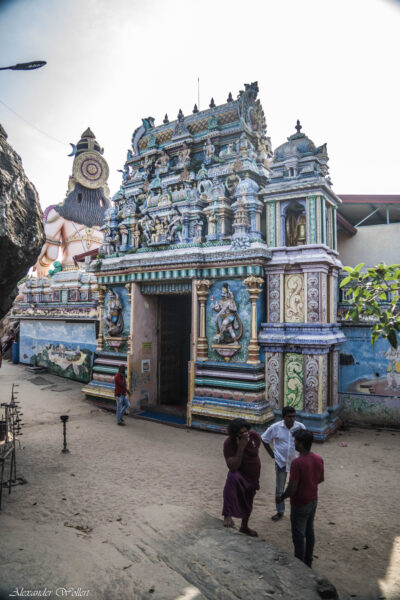
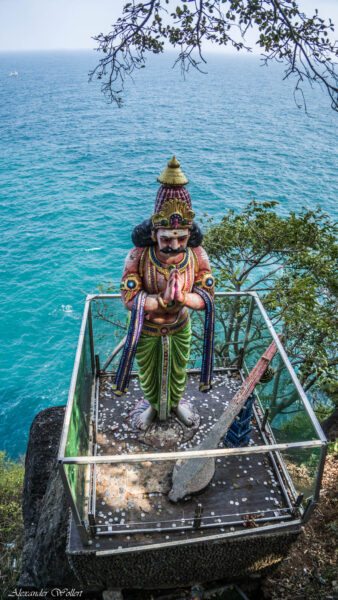
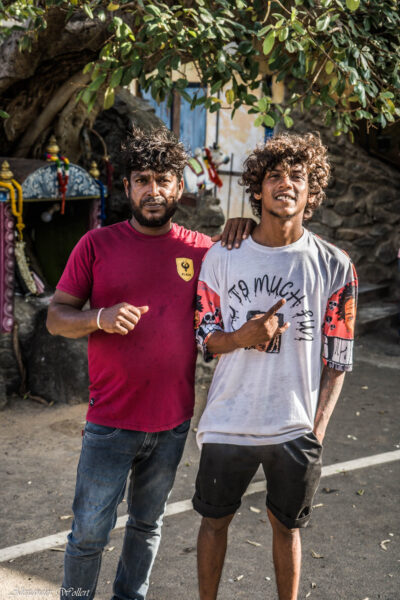

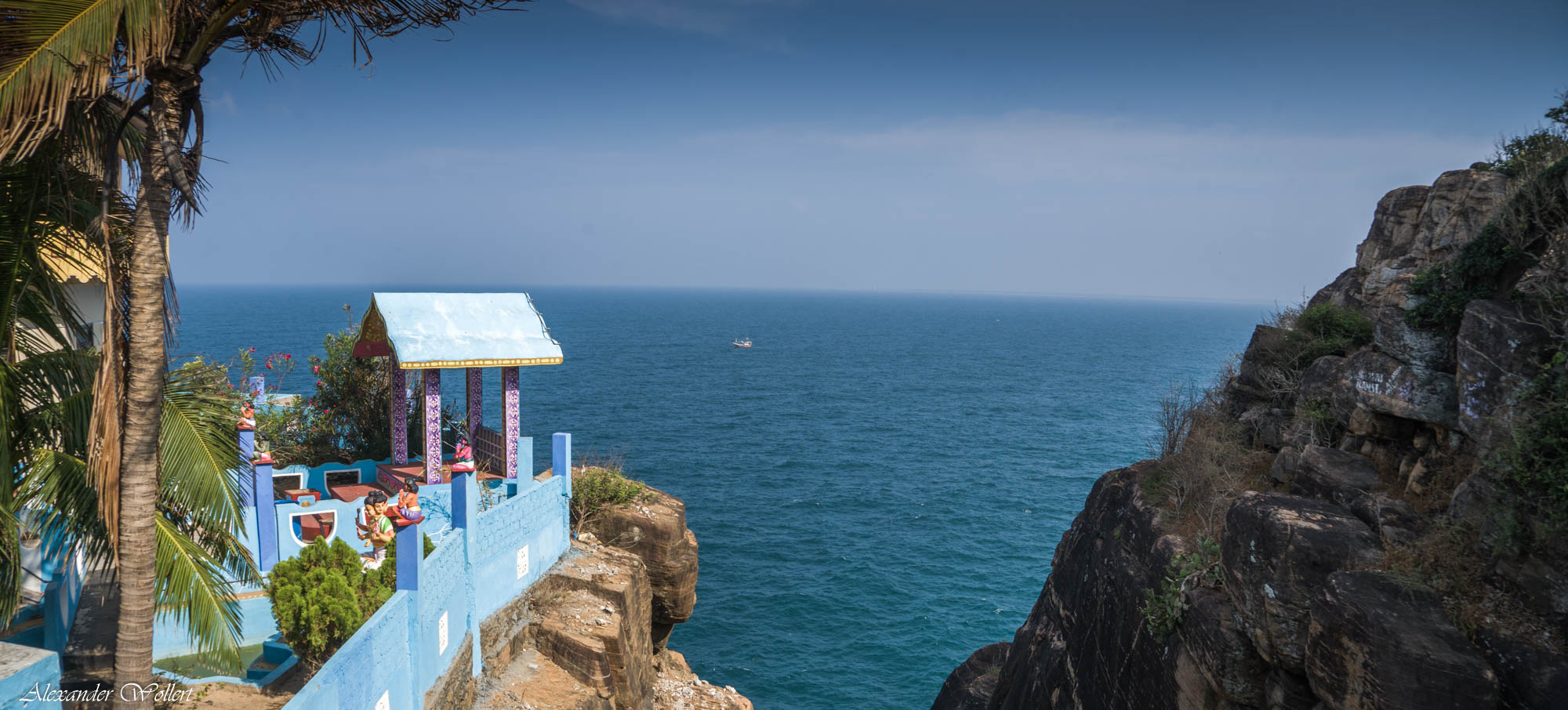
Photos are not permitted inside the large temple. There are always small rituals taking place there, where a priest waves incense sticks for one to three believers, breaks coconuts and hums or sings something. I also benefit from the fruit baskets that are handed out to guests.
People are happy to see us. There are not many tourists here and we are an unusual sight.
The people are very nice!
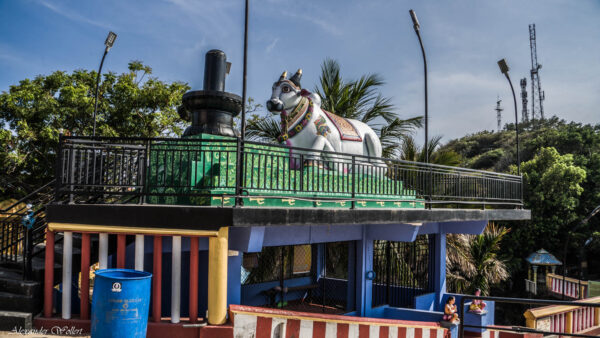

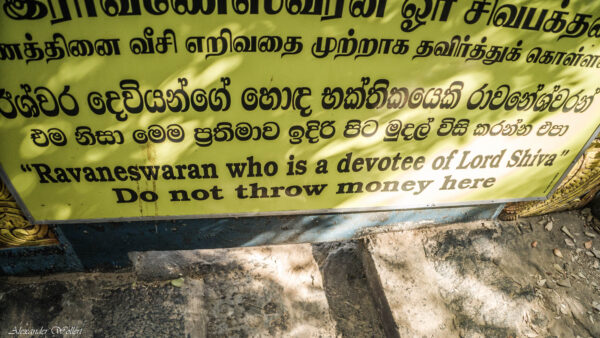






Sara went to the police and reported the poor accommodation and our demand to get the money we had paid back. The officers are very friendly and take up the case. They say that tourists have often complained about the man from DOT BEY. The officers pick up Sara from the accommodation and bring her back, feed her in the police canteen and make a lot of effort to write up the case. They also contact bookings.com, but the officers’ English is too poor and the customer service does not understand Sinhalese. Nevertheless, the case continues, the police chief takes the case personally and summons the owner of the Beach Cabana. A judge also comes.
The owner refuses to speak English, but one of the officers translates for Sara that the man claims that we are lying, that Booking.com will pay the money back and not him, and that Sinhalese should stick together against foreigners. The police chief, a bull of a man, yells in the owner’s face that he should be ashamed and go away. The judge asks Sara to come back the next day so that he can pass judgment.
In the meantime, I also reported the case to Booking.com. The police chief came the next day with two officers. They said that the owner could only be reached by phone and brought confirmation from Booking.com that we are entitled to reimbursement of the costs and that they will ensure that we receive the money.
We take a few more photos with Leon and the police chief before these important people set off again in a rickety tuk tuk.
Unfortunately, we cannot implement my idea of a final week of relaxing beach and surfing. We also do not take the opportunity to see blue whales. Instead, the ladies want to see the country’s capital, and so after three days we set off again, back to the other end of the island, to Colombo.


